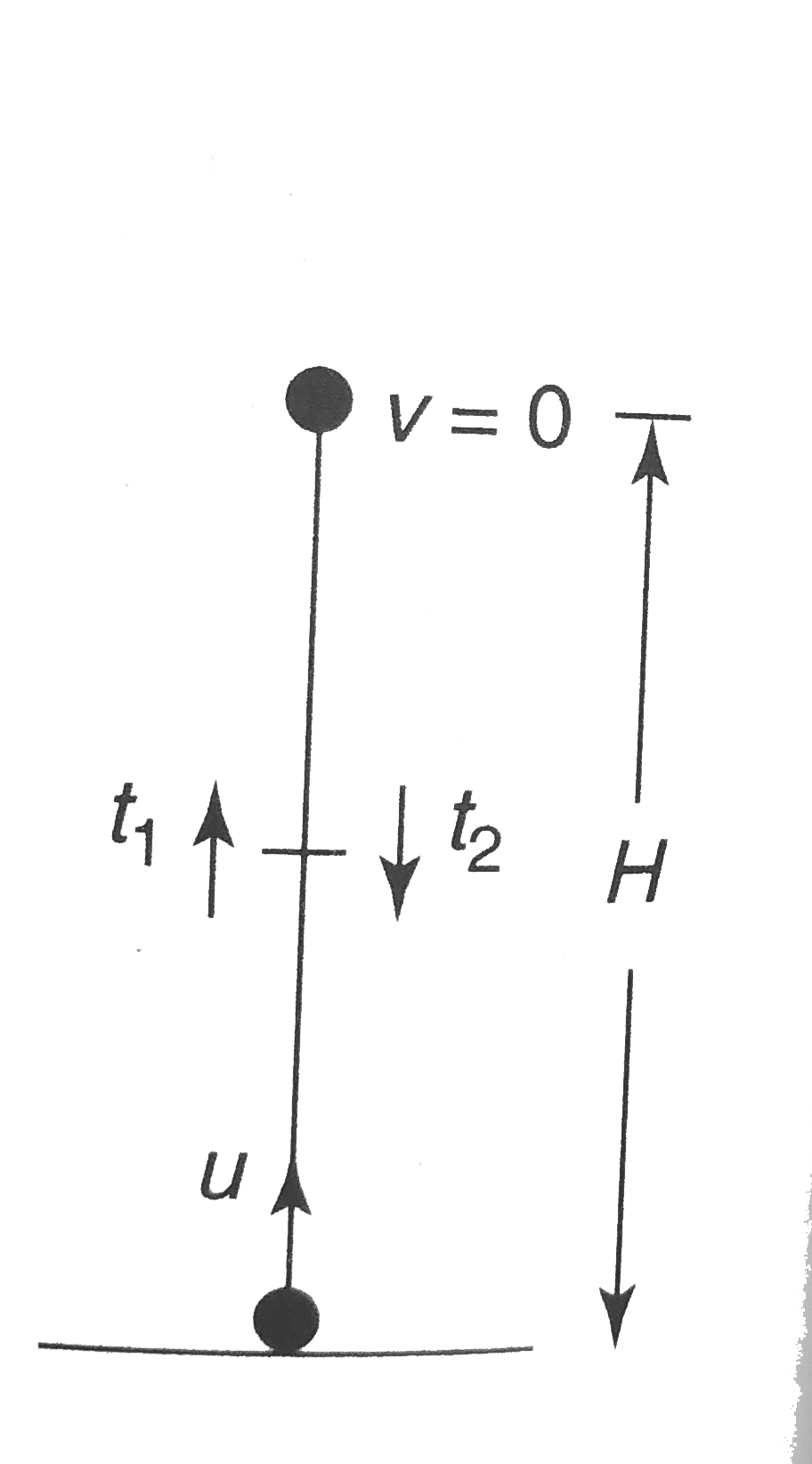A
B
C
D
Text Solution
Verified by Experts
The correct Answer is:
|
Topper's Solved these Questions
GENERAL KINEMATICS AND MOTION IN ONE DIMENSION
A2Z|Exercise Relative Motion In One Dimension|20 VideosView PlaylistGENERAL KINEMATICS AND MOTION IN ONE DIMENSION
A2Z|Exercise Understanding Motion Through Graphs|40 VideosView PlaylistGENERAL KINEMATICS AND MOTION IN ONE DIMENSION
A2Z|Exercise Motion With Constant Acceleration|30 VideosView PlaylistFLUID MECHANICS
A2Z|Exercise Chapter Test|29 VideosView PlaylistGRAVITATION
A2Z|Exercise Chapter Test|29 VideosView Playlist
Similar Questions
Explore conceptually related problems
Knowledge Check
Similar Questions
Explore conceptually related problems
A2Z-GENERAL KINEMATICS AND MOTION IN ONE DIMENSION-Motion Under Gravity
- A stone is thrown upwards with a velocity 50 ms^-1. Another stone is s...
03:14
|
Play - An object is dropped from a height h. Then the distance travelled in t...
03:15
|
Play - A body is thrown vertically upward with velocity u. The ratio of times...
08:21
|
Playing Now - A body is dropped from a height h. If t1 and t2 be the times in coveri...
03:08
|
Play - A body projected vertically upwards with a given velocity. The ratio o...
04:32
|
Play - A man in a balloon rising vertically with an acceleration of 5 ms^-2 r...
04:22
|
Play - A ball projected upwards from the foot of a tower. The ball crosses th...
04:23
|
Play - From the top of the tower of height 400 m, a ball is dropped by a man,...
03:30
|
Play - A stone falls freely from rest from aheight h and it travels a distanc...
03:39
|
Play - A stone is thrown upwards from the top of a tower with some initial sp...
05:23
|
Play - A body is projected vertically upwards with some velocity u. It is at ...
03:18
|
Play - A balloon starts rising from ground with an acceleration of 1.25 m//se...
03:43
|
Play - A ball is thrown vertically upwards from the ground. It crosses a poin...
03:31
|
Play - A body is thrown vertically upwards from A. The top of a tower . It re...
04:57
|
Play - From a tower of height H, a particle is thrown vertically upwards wit...
03:44
|
Play - A particle is dropped from rest from a large height Assume g to be con...
06:06
|
Play - A body falls freely from rest. It covers as much distance in the last ...
02:59
|
Play - A body is dropped from a height of 40 m. After it crosses half distanc...
03:44
|
Play - A ball is thrown from the top of a tower in vertically upward directio...
03:48
|
Play - A juggler keeps on moving four balls in the air throwing the balls aft...
10:20
|
Play
